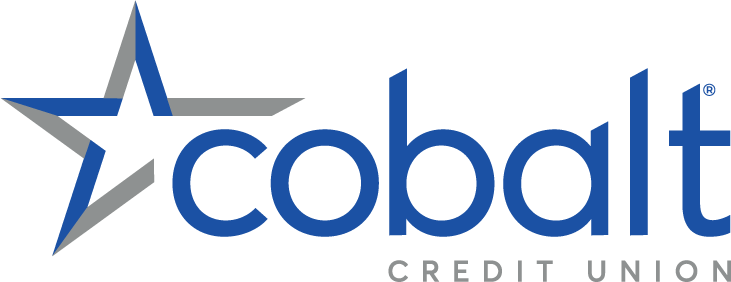Pricing products and services can be a difficult task for small business owners. You need to keep the business cost efficient and price-competitive with other companies, yet also profitable. To do this, you must understand the true cost of production or service delivery, which includes the business’s direct and indirect costs. With a clear understanding and accounting record of the true cost of being profitable, you will be able to demonstrate your business’s potential to investors. You’ll also be able to file your tax returns more accurately and save money, because certain direct and indirect costs are tax-deductible.
Direct costs
Direct costs are traceable to the production of a specific good or service. They can include software, equipment, raw materials, labor to create the product or service, and sales commission. If sales commission is paid to sales personnel by the company, it’s considered a direct cost because this cost to the company is directly related to (i.e. occurs upon) the sale of an item. For businesses offering a service, hourly workers hired to conduct a service who are only paid when performing the service are considered a direct cost.
Labor and raw or direct materials usually make up the majority of a business’s direct costs.
Most direct costs are variable. They are variable because they increase when more units of a product (or service) are created. The exception is for direct labor costs, which are usually fixed and remain constant throughout the year. This makes sense: you pay hourly employees the same rate no matter how many units they sell.
An important accounting note about direct costs: they are only reported when the goods are sold or services delivered. If the goods remain unsold, they are an asset—considered “finished goods inventory” or “FGI”—on the business balance sheet.
Indirect costs
Indirect costs—also called “overhead costs”—are still necessary to production and the overall function of the business, but they aren’t traceable to the act of production or one unit of good in particular. They include materials and supplies for day-to-day operations, cleaning supplies, utilities, office equipment and computers, equipment depreciation, advertising and marketing, fringe benefits for employees, accounting and payroll services, etc. The salaries of employees who are not directly related to the sale of products or services are considered indirect costs.
Indirect costs can be fixed or variable. Fixed indirect costs include things like rent, while indirect costs include electricity and gas. Certain overhead expenses are tax-deductible. To be able to factor these indirect costs into the per unit price of products, you would need to add all of your overhead costs together and then allocate them out on a per-unit basis. This approximate overhead cost per product will equip you to accurately price your products.
« Return to "Small Business Services"
